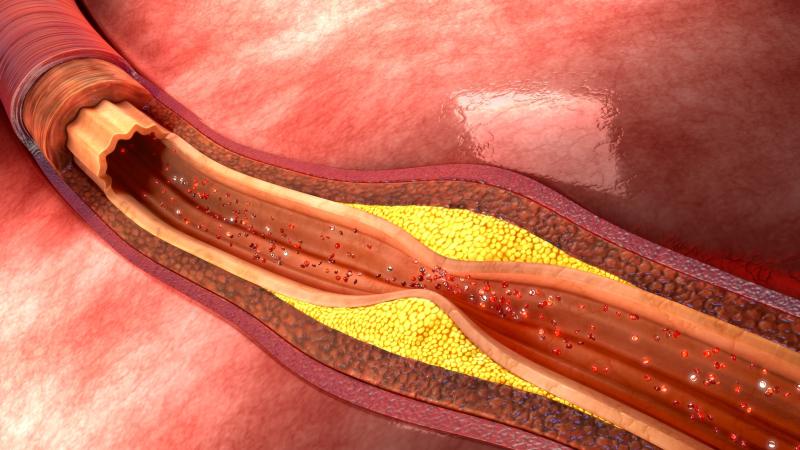
Fluorine-18 flurpiridaz positron emission tomography (PET) myocardial perfusion imaging appears to be noninferior to technetium-99m–labeled single photon emission computed tomography (SPECT) for the detection of coronary artery disease (CAD), as well as the assessment of women, obese individuals, and patients undergoing pharmacological stress testing, results of a phase III trial have shown.
A total of 795 patients with known or suspected CAD from 72 clinical sites in the US, Canada, and Finland participated in this phase III prospective multicentre clinical study. Of the 755 participants who were evaluable (mean age, 62.3 years; 31 percent women) 55 percent had body mass index ≥30 kg/m2 and 71 percent had pharmacological stress.
Patients then underwent 1-day rest-stress (pharmacological or exercise) flurpiridaz PET and 1- or 2-day rest-stress Tc-99m–labeled SPECT and invasive coronary angiography (ICA). Three experts, who were blinded to clinical and ICA data, read the images.
Sensitivity of flurpiridaz PET (for detection of ≥50 percent stenosis by ICA) was 71.9 percent (95 percent confidence interval [CI], 67.0–76.3) and was significantly higher (p<0.001) than that with SPECT (53.7 percent, 95 percent CI, 48.5–58.8), but its specificity failed to meet the prespecified noninferiority criterion (76.2 percent, 95 percent CI, 71.8–80.1 vs 86.6 percent, 95 percent CI, 83.2–89.8; p=NS).
In receiver-operating characteristic curve analysis, flurpiridaz PET showed superior discrimination of CAD in the overall population, in women, obese individuals, and patients undergoing pharmacological stress testing (p<0.001 for all) compared with SPECT.
Flurpiridaz PET was also superior to SPECT for the following: defect size (p<0.001), image quality (p<0.001), diagnostic certainty (p<0.001), and radiation exposure (6.1±0.4 vs 13.4±3.2 mSv; p<0.001). In addition, flurpiridaz was safe and well tolerated.
A second phase III trial by the Food and Drug Administration is ongoing.